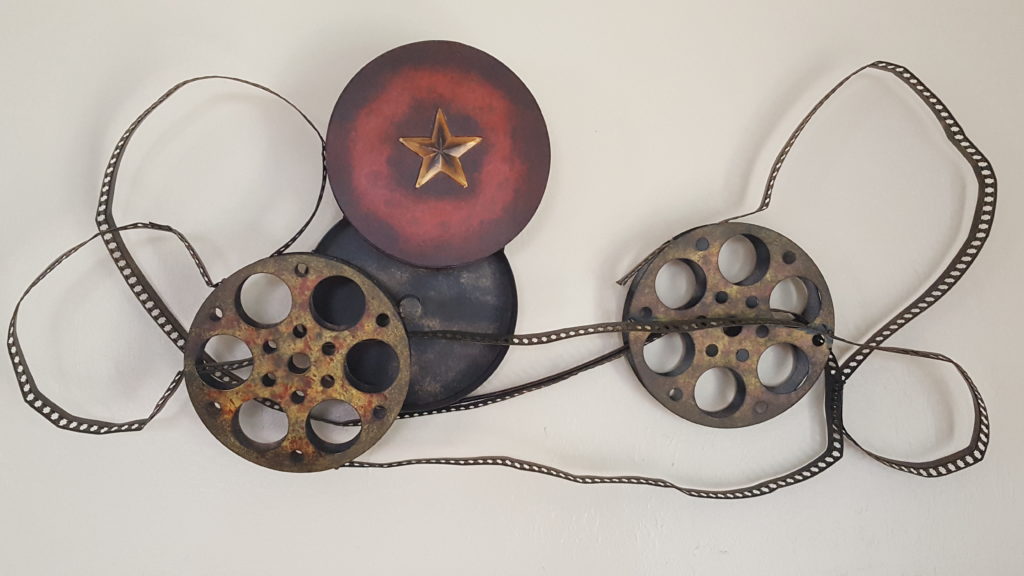Meta. The term seems to throw people off when they hear it. They tend to confuse themselves instead of stepping back and learning that meta goes far beyond a simple instance. What is it, they may ask? How does it work? Is it when a movie or book refers to its own title or when a character breaks the 4th wall? Yes, it can be as simple as that.
Most times, writers employ quick meta-moments to spark a reaction from the audience. And that works just fine. However, I find that meta (the self-awareness of artwork) has the intention to conjure reflection by the audience in sometimes provocative, but mainly beneficial ways. Rather than give examples of meta that you have likely already seen a hundred times, I will provide you methods on how to analyze art to discover how much meta has been produced by its maker. Read along as I explain meta once and for all.
Meta is the Meaning of Life
The first step to understanding meta is to not comprehend its mechanics, but to analyze why it is made?
If a carpenter creates a chair or a watchmaker builds a clock or a teacher designs a lesson plan for his math class, it is done with the specific intentions to benefit others. People will argue that art is made by the artist, for the artist, which is not necessarily wrong. However, if an artist’s artwork goes unrecognized, then it has failed to achieve its true nature—to help others.
Therefore, if meta is self-awareness manufactured by the artist, then all artwork, to one degree or another, is a form of meta.
A writer doesn’t spend years drafting and perfecting a novel to keep in his or her drawer forever. Writers install themes, symbols, and metaphors within the text to ignite thought-provoking situations for the reader to, hopefully, better themselves in their own lives.
Even non-fiction, such as personal essays and articles are examples of meta. While they are not telling the same types of a story as fiction, they have the same self-awareness. They exist for learning, for another person to reflect on what the author wrote.
So, once your eyes open to interpreting meta this way, the next logical argument is to debate what constitutes an artist? Is an artist just a person who paints pictures, writes novels, directs a film, and molds sculptures?
The answer is NO. An artist is anyone who creates. The creation exists for acknowledgment, for identification, and for understanding. It just so happens that historically the term “artist” is credited to those involved in the Arts. But for the sake of truly understanding meta, it is imperative that we realize “artist” goes further. By now seeing how “artist” applies to much more than fiction, you can broaden your writing techniques to infuse meta.
Meta in Varying Extremes
Now that we know why meta exists, the next step is to explore its workings which will help you as an artist create the best artwork you can.
The very first decision a writer must make is to clearly choose how much meta will be utilized in his or her work. This is crucial and will benefit the story when done in the early design stages. Because meta is such a powerful storytelling tool it could lead to an overabundance of self-awareness done at the wrong times and with improper extremes.
- Using metafiction, characters can break the 4th wall and speak directly to the audience. This an extreme form of meta. It interrupts the flow of the narrative to bring specific light to a moment when a character (author) brings the audience into the fictional world. Writers use this for comical intentions.
- Another method is when a character in a film is an actor or director, etc. If the platform is a novel and a character is writing a book, it is meta. This is likely the most common form of metafiction. Writers tend to incorporate their own struggles with the Art into their stories. Some writers figure that this self-awareness is clever. However, it is not unique at all. Unless it is kept to a background element or completely unique, be careful.
This tends to be a sly critique from the writer on the genre itself.
- Lastly, simple name drops are enough to invoke self-awareness. There have been countless moments of dialogue in films and books when a character states the actual title. Avoid this at all costs. It says mounds of the ability of the writer to produce thought-provoking meta.
Exit Stage Left
In conclusion, if you are thinking about placing self-awareness in your artwork, do so cleverly and correctly. Remember that using meta is a form of writing that is there to entertain, and more importantly, enlighten your audience. If your meta is sporadic and at the wrong times, it might entertain but will become stale. Dragging your audience away from the narrative is dangerous. They may never return because it might be more difficult to maintain focus. Always think that you, the writer, are in charge of making your creation. Do you want to use your art in a subpar manner? Or do you want your creation to bring reflection to your audience?
If you are looking for more posts about creative writing, you can read about designing realistic characters and revising your first draft. Be sure to comment and ask questions.
~M
